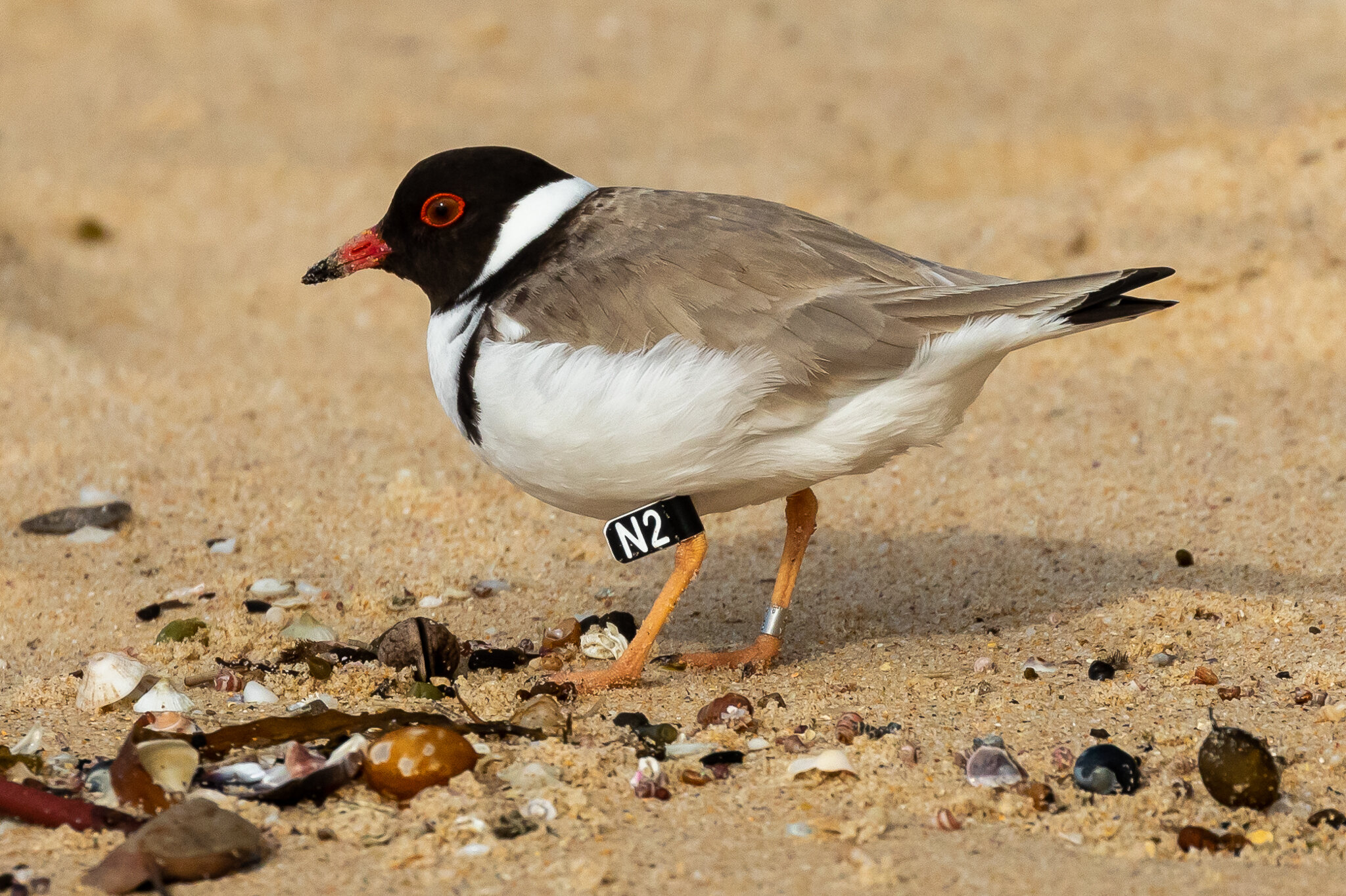The parks are quiet in the heat and our bird number count is down. Rumour has it that the water birds have left for inland waters this year; Kensington Pond at Centennial Park had only one solitary Eurasian Coot that had to join a flock of Pacific Black Ducks for company. The total species counts at Centennial Park were only one or two down on normal but total numbers were well below average. The morning’s survey was enlivened by two Yellow-tailed Black-Cockatoos squabbling with an agitated Sulphur-crested Cockatoo.
Although I associate Yellow-rumped Thornbills more with the open fields of the country they are seen quite regularly at Randwick Environment Park. Here two birds were foraging amongst the litter in the parks well maintained gardens for insects and the occasional seed.
The lake at Randwick Environment Park is bone dry, it has only had fleeting partial water fills since the drought. More worryingly the creek is running at a trickle. The count included a solitary magpie, even the Noisy Miners were down to two. There were more birds on the bushy side of the park, including Yellow-rumped Thornbills, New Holland Honeyeaters and Superb Fairy-wrens.
Randwick Environment Park is a surprising oasis of green in Sydney’s east. The flat area pictured was a well populated lake and water bird refuge before the drought.

















































